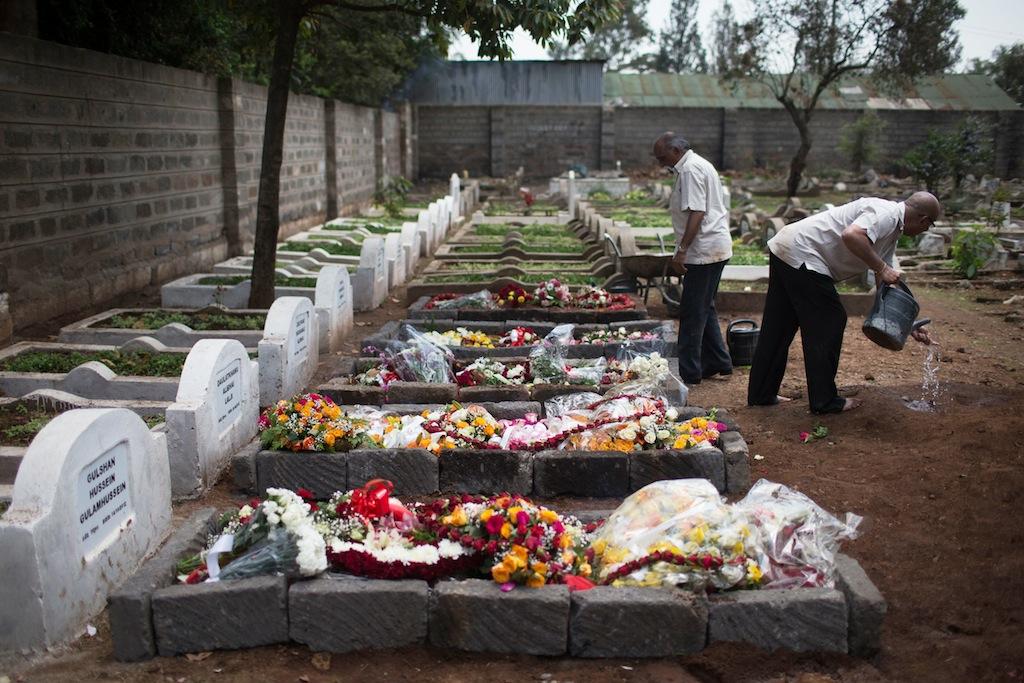NAIROBI, Kenya —Today marks six months since gunmen trained by the Somali-based terrorist group al-Shabaab stormed a popular shopping mall here, in a siege that left 62 civilians and five Kenyan soldiers dead, and at least 200 others injured.
louis vuitton handbags online
The victims consisted of both Kenyans and expatriates. Their families and friends remained traumatized by the attack and angered by the government’s response, during which Kenyan soldiers looted the mall, even while bodies remained strewn about.
The Israeli-owned Westgate Mall opened in 2007. It was a popular hangout for Kenyans and expatriates alike until it collapsed during the September 2013 siege. But one group of Kenyans in particular holds a uniquely intimate connection to the mall and the event that destroyed it: These hundreds of Kenyans were employed in the mall’s 80 shops and restaurants, and depended on the mall for their livelihoods.
nike outlet stores
Their wages, small by western standards, supported their families or paid for their continuing education.
When the gunshots erupted, workers fled side-by-side with patrons. Some hid from the gunmen for upwards of 11 hours before being rescued. In small acts of heroism, some workers led others up or down staircases to safety, or out back doors.
In the aftermath of the attack, some were transferred to other franchise locations owned by their employers. But many lost their jobs entirely.
Six months later, GlobalPost asked mall employees to reflect on how the attack changed their lives and how they are coping with its long-lasting effects.
Read the full story and watch the video at PRI’s The World.

